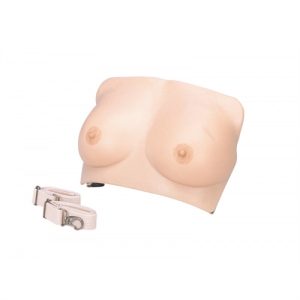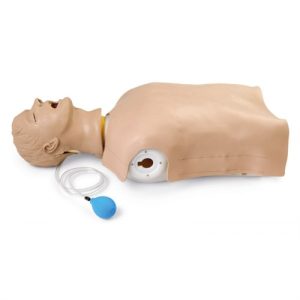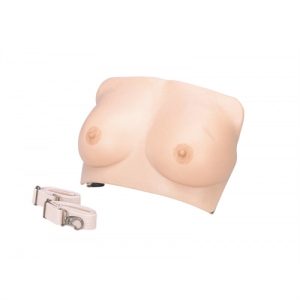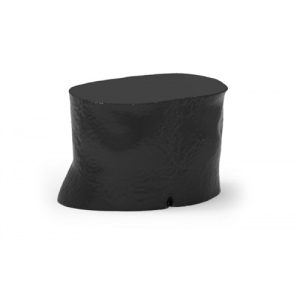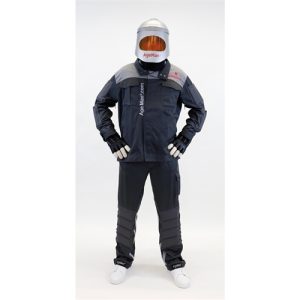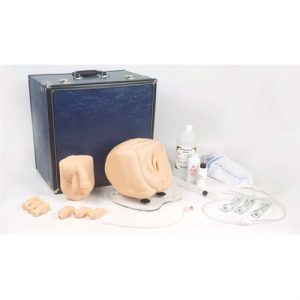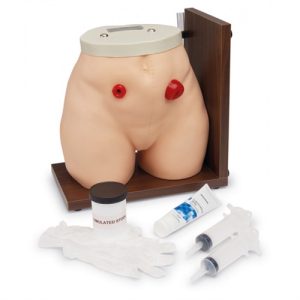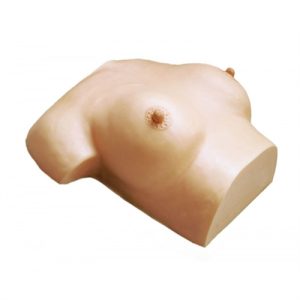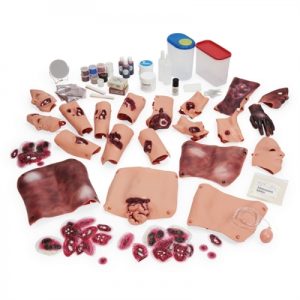-
1 × $3,982.00
-
1 × $1,052.00
-
1 × $1,503.00
-
1 × $487.00
-
1 × $530.00
-
1 × $3,285.00
-
1 × $466.00
-
1 × $1,401.00
-
1 × $874.00
-
1 × $1,605.00
-
1 × $1,401.00
-
1 × $1,272.00
-
1 × $1,775.00
-
1 × $2,457.00
-
1 × $947.00
-
1 × $411.00
-
1 × $897.00
-
1 × $573.00
-
1 × $650.00
-
2 × $5,086.00
-
1 × $2,147.00
-
1 × $3,834.00
-
1 × $3,218.00
-
1 × $12,461.00
-
1 × $514.00
-
1 × $1,132.00
-
1 × $995.00
-
1 × $652.00
-
1 × $579.00
-
1 × $5,144.00
-
1 × $562.00
-
1 × $12,267.00
-
1 × $13,010.00
-
1 × $373.00
-
1 × $552.00
-
1 × $399.00
-
1 × $2,502.00
-
1 × $16,434.00
-
1 × $1,909.00
-
1 × $8,984.00
-
1 × $2,202.00
-
1 × $406.00
-
1 × $494.00
-
1 × $624.00
-
1 × $1,891.00
-
1 × $745.00

Roll over image to zoom in
ART phantoms are molded of tissue-equivalent material, they are designed within highly sophisticated technological constraints and follow ICRU-44 standards. They are also designed for accuracy and ease of use.
Features and Benefits
- Anatomy
- The ART phantom is transected-horizontally into 2.5 cm thick slices.
- Each slice has holes which are plugged with bone-equivalent, soft-tissue-equivalent or lung tissue equivalent pins which can be replaced by TLD holder pins.
- Soft-tissue-equivalent coatings produce slices with glass smooth interfaces.
- These coatings are cut away over the air spaces of the oronasal pharynges, trachea and stem bronchi.
- Dosimetry holes are drilled in grids 3cm x 3cm or 1.5cm x 1.5cm in 5 and 7 mm diameters.
- The Male ART Phantom represents a 175 cm (5 ft. 9 in.) tall, 73.5 kg (162 lb.) male.
- Breast Attachments
- They can be sliced in frontal planes (drilled or undrilled for film dosimetry).
- Breasts of Male and Female ART phantoms are contoured to blend realistically with the thoraxes.
- They are attached to the thorax with nylon screws.
- The male chest with breasts attached serves as a large female.
- Materials
- Soft Tissues
- There are unlimited, small variations in density and absorption throughout the human body.
- Phantom soft tissue is closely controlled to have the average density of these tissues.
- Skeletons
- RSD skeletons are highly-detailed polymer moldings which reproduce the shape, mass density and attenuation coefficients of cortical bone and spongiosa.
- They allow continuous production of phantoms, instead of the sporadic production required by the limited availability, variable size and uncertain chemical composition of human skeletons.
- These problems, plus loss of marrows in dried natural skeletons, make RSD skeletons superior to “real bone”.
- Molds for the RSD cortical bone and spongiosa were made from human skeletons consistent with the sizes of the soft tissue molds.
- RSD skeletons conform closely to the standards established by the International Commission on Radiation Units and Measurements (ICRU Report No. 44), mass density is reduced slightly to take into account a small decrease in calcium content for older patients.
- Lungs
- Lungs are molded from syntactic foam, with a specific gravity of 0.30 g/cc.
- Soft Tissues
- Assembly
- ART phantom slices are held between aluminum plates by nylon tie rods.
- Knobs at the end of the rods clamp the slices tightly in proper alignment.
- The external assembly facilitates film dosimetry, while the internal assembly is used generally with TLDs or ionchamber dosimetry.
Warranty Information
- 5-Year Warranty









































































